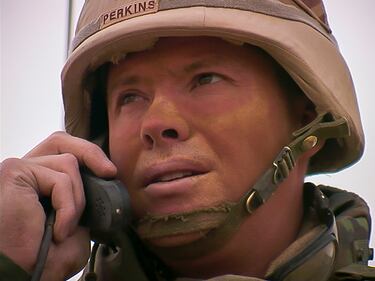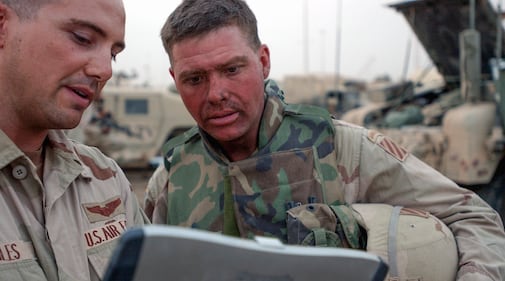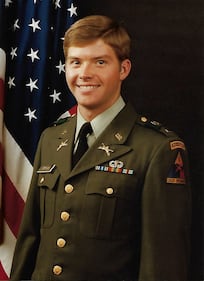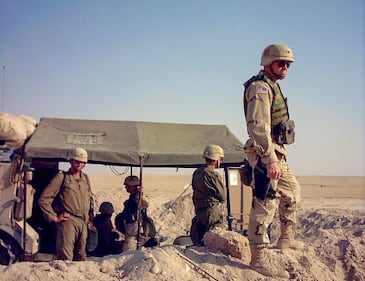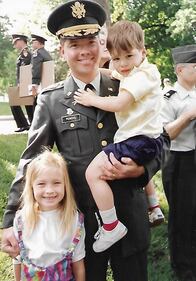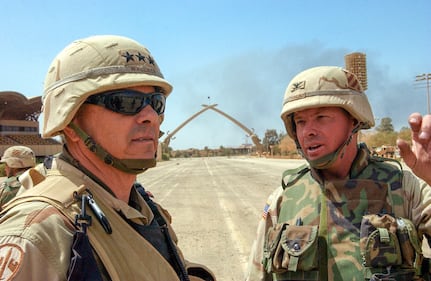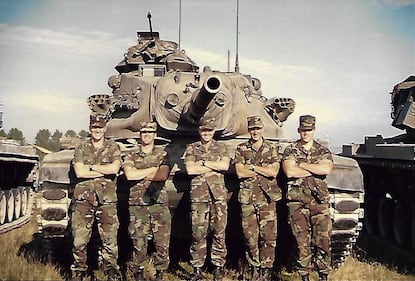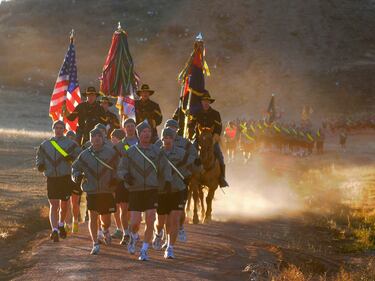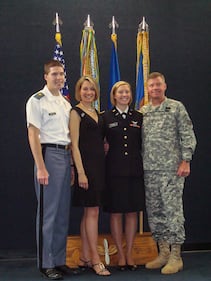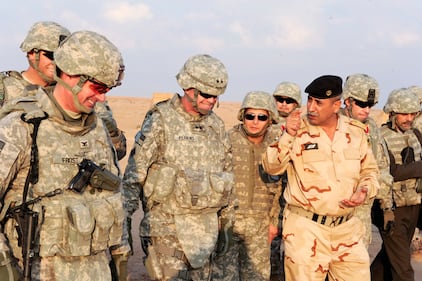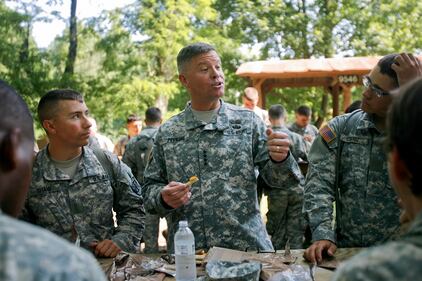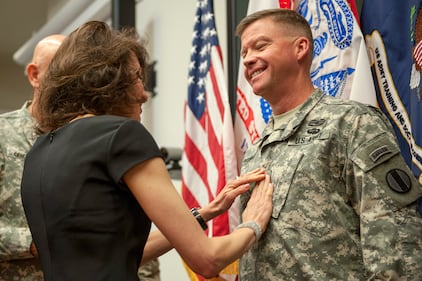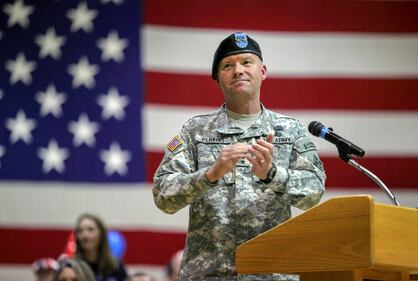Image 0 of 13
The man who has likely shaped not only the future of Army doctrine but likely how all of the services will fight future, complex wars for decades to come, had no plans to even join the military.
It was a chance trip to the United States Naval Academy that ultimately led Gen. David Perkins to consider the military at all. And, even then, only for college and some life experience.
What would unfold over the next 42 years would be an enviable journey from the rigors of West Point to demanding armor and infantry training, assignments in Cold War Germany and the post-Soviet Balkans, a brilliant and daring run to take Baghdad during the 2003 invasion, a higher command years later to close out the then-U.S. involvement in Iraq, and then helming key Army commands to shape the future force.
After all that, Perkins retired this week after 38 years of service.
His last job was leading the Army’s Training and Doctrine Command and helping to conceive and author the Multi-Domain Battle concept that points to a future of intricate, rapid warfare that will converge land, sea, air, space and cyber operations.
Commanders of the future will fight for time, devouring information to make decisions in seconds where their predecessors had hours, if not days, to do the same.
But the teenage Boy Scout on a trip to see an aunt in Washington, D.C., in the early 1970s had given little thought to a military future when she took him to get a seafood lunch and take a short tour of the Naval Academy.
He returned to his Rochester, New York, suburban home intrigued. His father had served a few years in the Navy during World War II, but settled into the life of a school teacher after the war. After some research, the young Perkins, an avid hiker and camper, decided the Army sounded like a better option.
His first day at West Point was a whirlwind.
“Today they would call it hazing,” Perkins said in an interview with Army Times. “Not necessarily as professionally run as they do our indoctrination now.”
His younger brother by two years, who would go on to the Naval Academy and a career as a Marine aviator, spotted him in the crowd at the end of the day, his shaved head showing the stark contrast of a deeply tanned face from a summer spent waterskiing.
Over the next four years, the family would visit during the big Army-Navy football game. When he and his brother overlapped, the parents took turns cheering for each side. The side they cheered for won in those two years, Perkins said.
It was during those years at West Point that he met Ginger, who would soon become Mrs. Perkins. The young bride had little experience with the military and was soon alongside her armor-trained husband at Illesheim, Germany, in the mid-1980s during the U.S. Cold War ramp up.
“It was a leap of faith for me, marrying into the military not having been an Army brat, but I knew with my husband’s faith in me and encouragement, we’d be OK,” Ginger wrote in an email to Army Times.
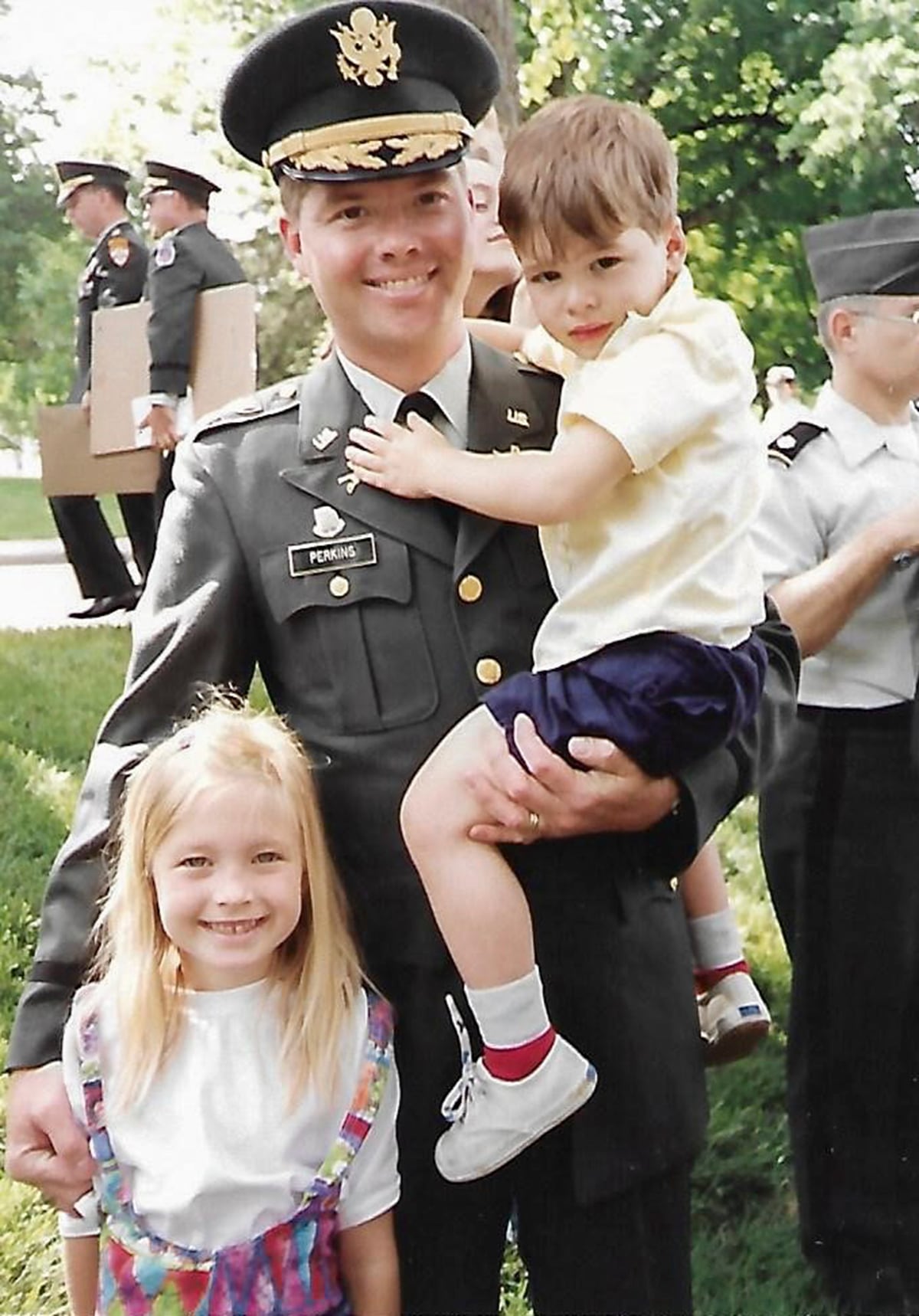
First assignments
Perkins arrived in Germany, soon taking over as an armor platoon leader, training on the M60 tanks that had been in the Army’s ranks since 1960.
He and Ginger would give the job the five years required by his commission.
“I didn’t really know about this ‘Army thing,’” Perkins said.
That’s where another young lieutenant, James Pasquarette, first encountered Perkins. Now Maj. Gen. Pasquarette, he served as Perkins’ executive officer in 1985. He marveled at his fellow lieutenant’s thirst for knowledge.
“He knew the [tank] better than most of the mechanics in the battalion,” Pasquarette wrote in an email to Army Times.
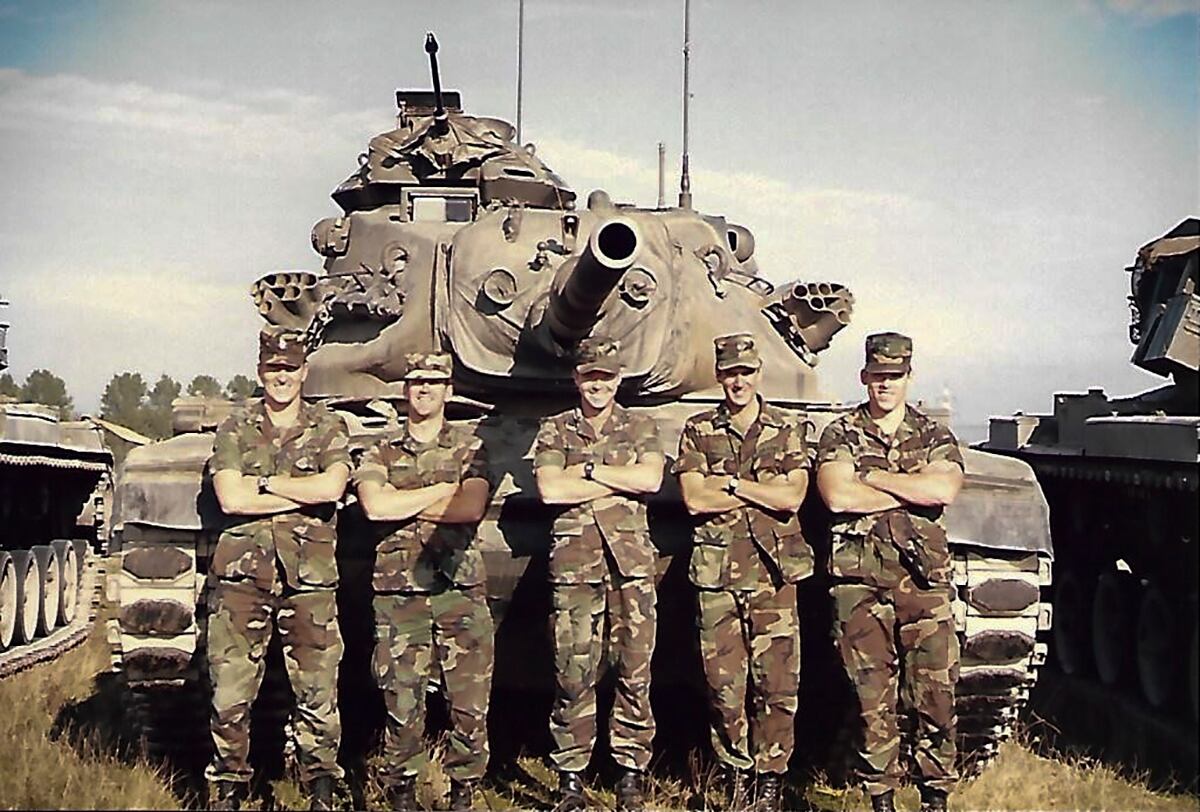
But what impressed Pasquarette went far beyond technical knowledge. The boyish-looking lieutenant also connected with soldiers.
“I have not seen a closer-knit company level unit before or since my time as Dave Perkins’ executive officer,” Pasquarette wrote.
Perkins later attended the infantry officer’s school, somewhat of a rarity for an armor officer. That was an early wrinkle in a pathway that might have led to his future commands.
He advanced in the ranks throughout the late 1980s and early 1990s before finding himself in command of 1st Battalion, 63rd Armor Regiment on the border of Macedonia and Serbia.
“We were tankers without tanks,” Perkins said. The unit had been sent down to occupy an old Soviet airbase. There was no running water or electricity, and food was …interesting.
Cooks made meals from scratch, getting rice from Asian suppliers, kangaroo meat from Australian vendors.
“You just had to cook it yourselves,” he said. “We sent armor soldiers to butchering class to learn how to butcher. Units would get a half a side of beef and they’d say, ‘do with it what you want.’”
After the deployment, Perkins returned home and found himself sent off to the Naval War College. Again, an odd spot for an armor officer and another bump to the traditional trajectories of a military career.
‘Thunder Run’
On Sept. 11, 2001, Perkins had just finished PT at Fort Stewart, Georgia, and was driving onto post when he heard on the radio that something was happening in New York. Then he watched live footage on television of a plane crashing into the first World Trade Center tower.
When the second plane hit, it was apparent to him and millions of other people — this was not an accident.
“Little did I realize how dramatically it would affect my life,” Perkins said.
More than a year later, in the late fall of 2002, Perkins was living in dust-filled tents in Kuwait as the drumbeat of war in Iraq grew louder with each public statement and meeting.
The soldiers rehearsed again and again. Ammunition for live fires and training seemed in endless supply, a first in his already two-decade career.
On March 20, 2003, units rolled forward into Iraq. Speed was what mattered, and Baghdad was the prize.
Task Force 1-64 Armor of the 3rd Infantry Division probed Iraqi defenses, first taking the airport and later reaching the city of 6 million people.
Realizing the dangers of choke points and potential urban combat, Perkins chose to send forward only the armored vehicles, which included a force of about 1,000 soldiers.
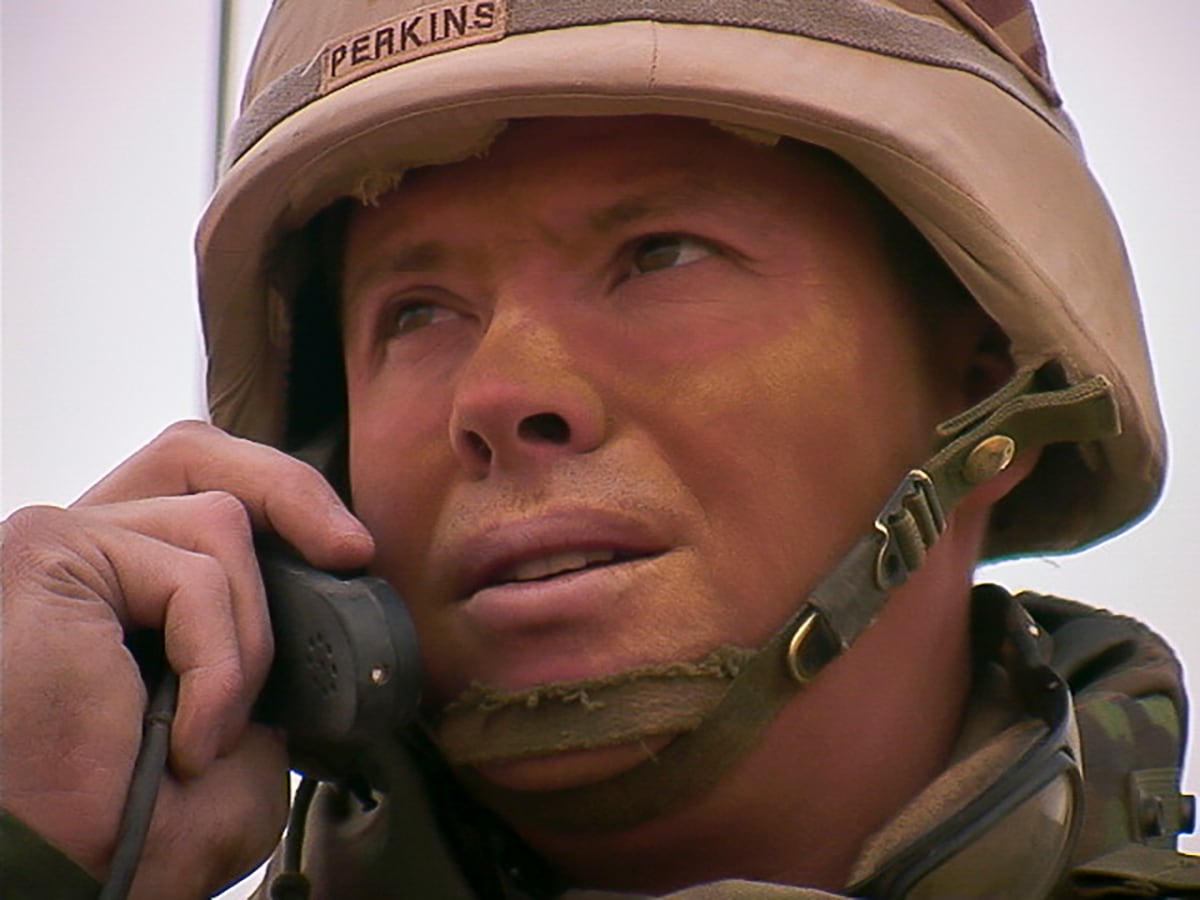
Soldier deaths and dozens of casualties marked the day-to-day grind of the blur of what became known as the “Thunder Run,” a pivotal push in the Battle of Baghdad.
Rather than flush out Saddam Hussein’s forces alley by alley using traditional infantry plus armor fighting, Perkins pushed his commanders to take over the city’s massive traffic circles, creating a space inside of the city they controlled.
Perkins’ technical knowledge surfaced again, as he made challenging decisions about what to do with his forces, how to keep them protected and supplied in an area that presented a dangerous mix of probabilities — outnumbered and out-resourced, the tanks burned 56 gallons of fuel an hour, giving them maybe eight hours on the battlefield without resupply.
Echoes of history reverberated in his head.
Command Sgt. Maj. Robert “Bob” Gallagher, who had seen combat in Panama and, more famously, as a platoon sergeant with Task Force Ranger in Mogadishu, Somalia, during the fight remembered best by the book and film “Black Hawk Down,” would visit Perkins.
“He would come into my tent every night and say, ’If we go into Baghdad, make sure it doesn’t become Mogadishu,’ ” Perkins said.
Perkins kept supplies moving, ordered tanks to shut down to conserve fuel, and kept Bradley Fighting Vehicles running for security. Those moves gained the coalition forces a foothold in the capital, which expanded to its fall.
“Gen. Dave Perkins is absolutely the most courageous, calm under fire and unflappable officer that I know, period,” wrote Lt. Gen. Stephen Twitty, who served as commander of the 3rd Battalion, 15th Infantry Regiment under Perkins during the invasion.
Next chapter
After that initial deployment to Iraq, the years and commands rolled on for Perkins, including time back in Iraq with the 4th Infantry Division. This time, he was in Tikrit to see the wrap up of major U.S. involvement and the 2011 transition of the new security and counter-terrorism mission to Iraqi forces.
Then, he got an unexpected phone call from then-Army Chief of Staff Gen. Martin Dempsey, asking him to head up the Combined Arms Center.
That is where he took the first steps in what would grow into a legacy that would change how the Army fights.
Lt. Gen. Mike Lundy, who would later command CAC, credits the work Perkins did on “Unified Land Operations” as the first major advancement in Army doctrine in more than a decade.
As the Army fought ongoing and evolving battles of counterinsurgency in Iraq and Afghanistan, its future fight capabilities against other nations withered.
Unified Land Operations put together thinking on how to win when outnumbered and reexamine how the formations of the Army, armor included, must change.
Then, the phone rang again. Again, it was Dempsey, asking Perkins to take another job — Training and Doctrine Command.
Pulling on his time as an armor officer, in infantry officer school, as a Ranger, as a commander at all levels, as a Naval War College graduate, Perkins’ career began to percolate a way to change everything.
What emerged was Multi-Domain Battle.
RELATED
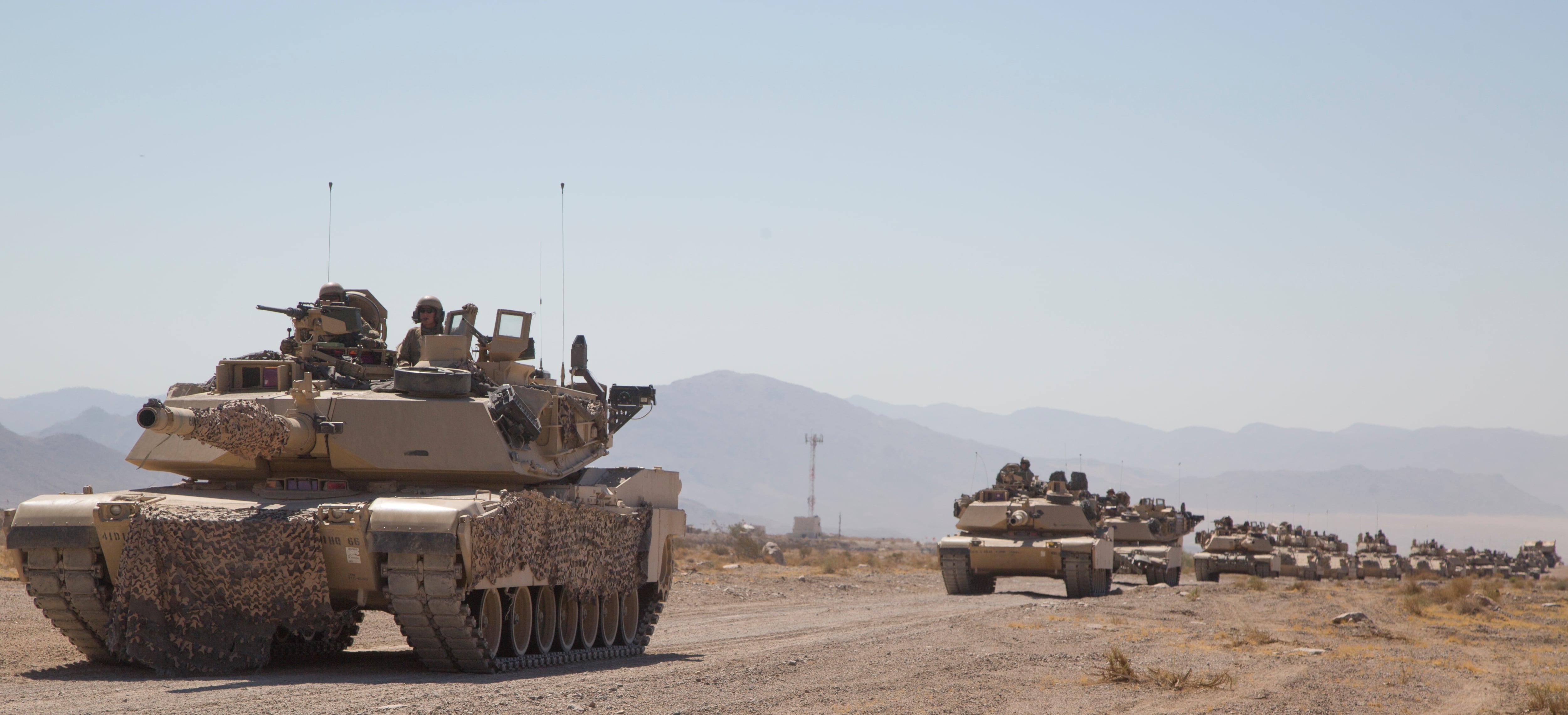
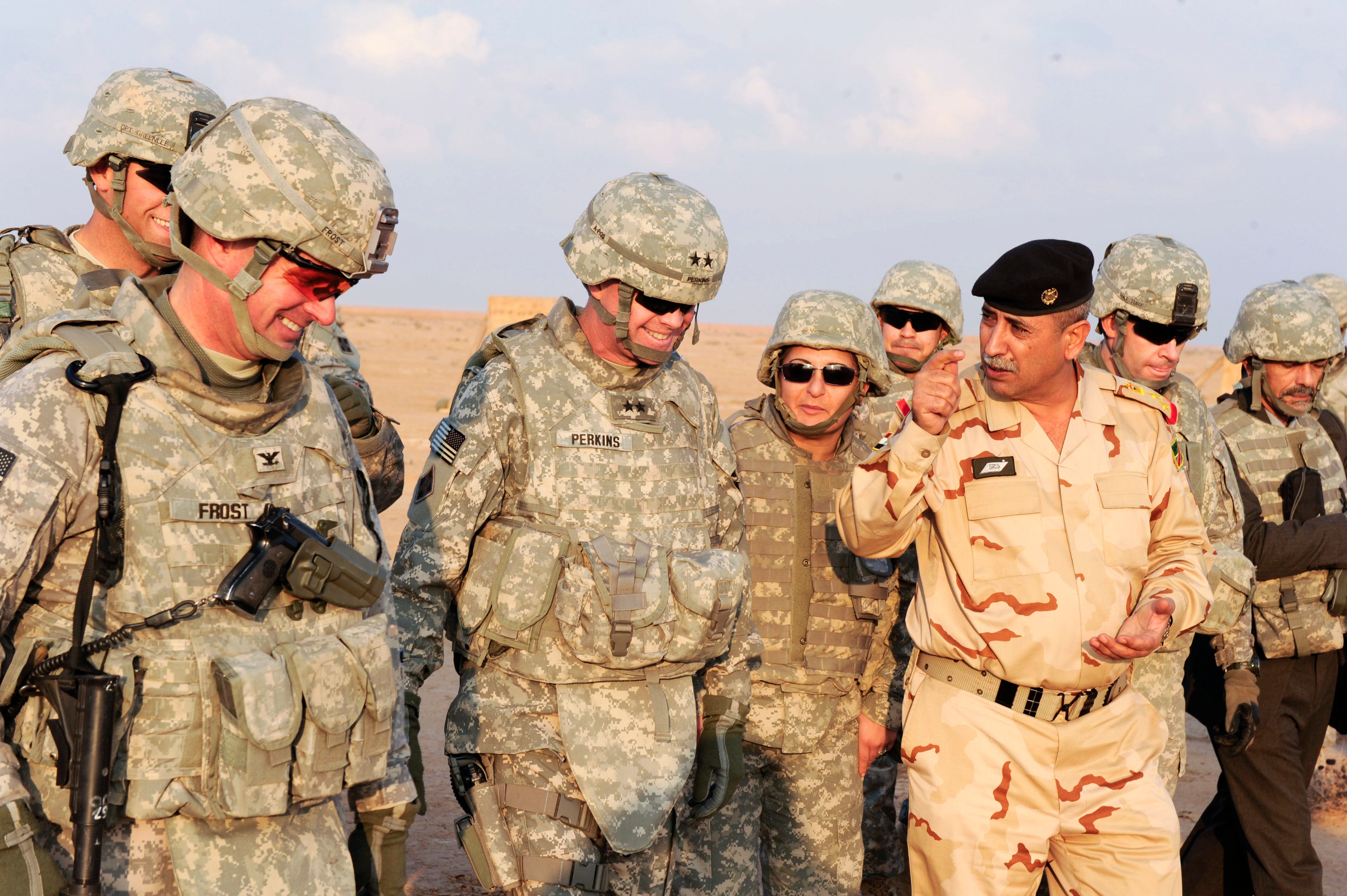
That concept, to incorporate air, land, sea, space and cyber, into one vision across the Army, Marine Corps, Air Force and Navy, is still a seed.
But like a seed, it will grow and spread and germinate an entire force.
“[Perkins] made history on the Thunder Run to Baghdad 15 years ago, and I think 15 years from now the historians will say he made history again as the architect of the MDB concept,” Lundy said.
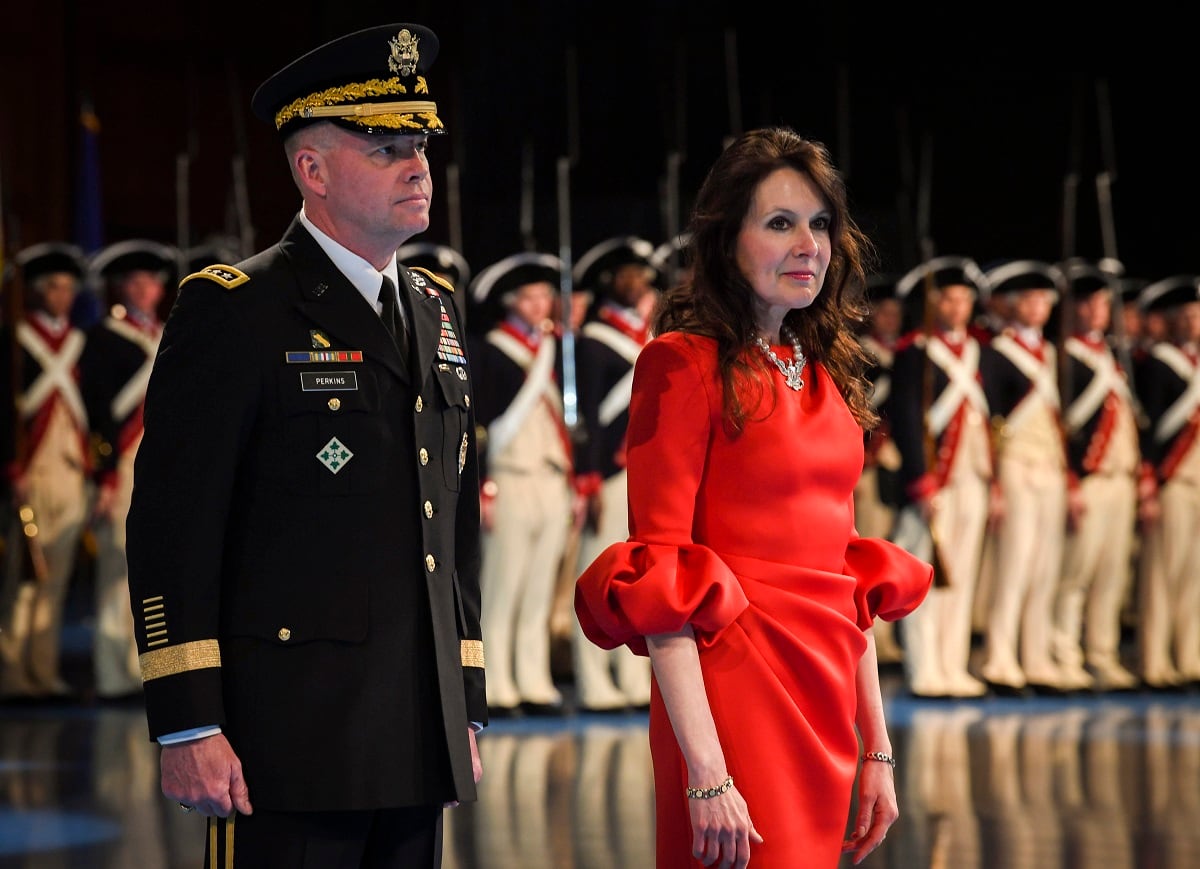
Looking back on more than four decades in the Army, Perkins said he is “bad example of career management.”
Most of his best assignments came out of nowhere, with a phone call.
There’s one job he’d liked to have had — a professor of military science in the Army’s ROTC program.
If he were asked for advice from a lieutenant like him so many years ago?
“What your soldiers really want to know about you is what motivates you,” he said. “Why are you doing what you’re doing?”
And while experience and intelligence are good, the thing that people “value most about their leaders is good judgment,” Perkins said. “I don’t care if it’s a lieutenant or a four-star general.”
On Friday, Perkins was honored during a ceremony at Fort Myer, Virginia.
He has big plans in the coming weeks that include letting the “dust settle.”
More than four decades after first reporting to West Point, the Boy Scout general is returning to his home in New Hampshire. There’s hiking and camping to be done.
Todd South has written about crime, courts, government and the military for multiple publications since 2004 and was named a 2014 Pulitzer finalist for a co-written project on witness intimidation. Todd is a Marine veteran of the Iraq War.
